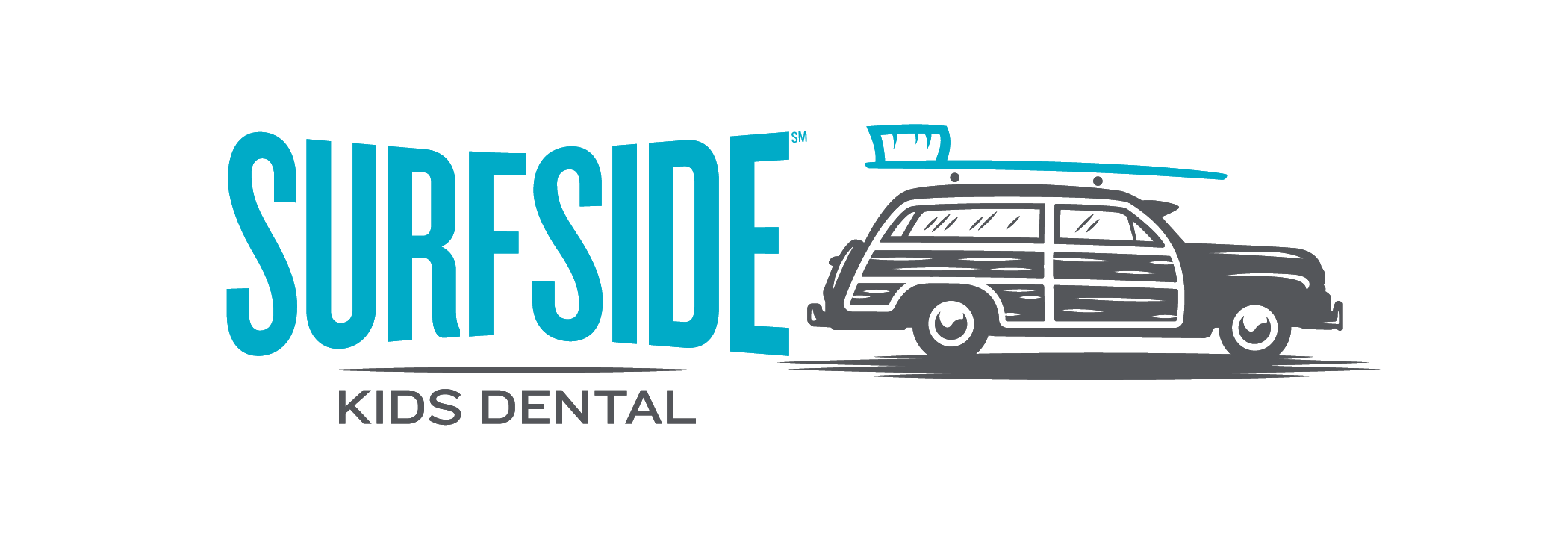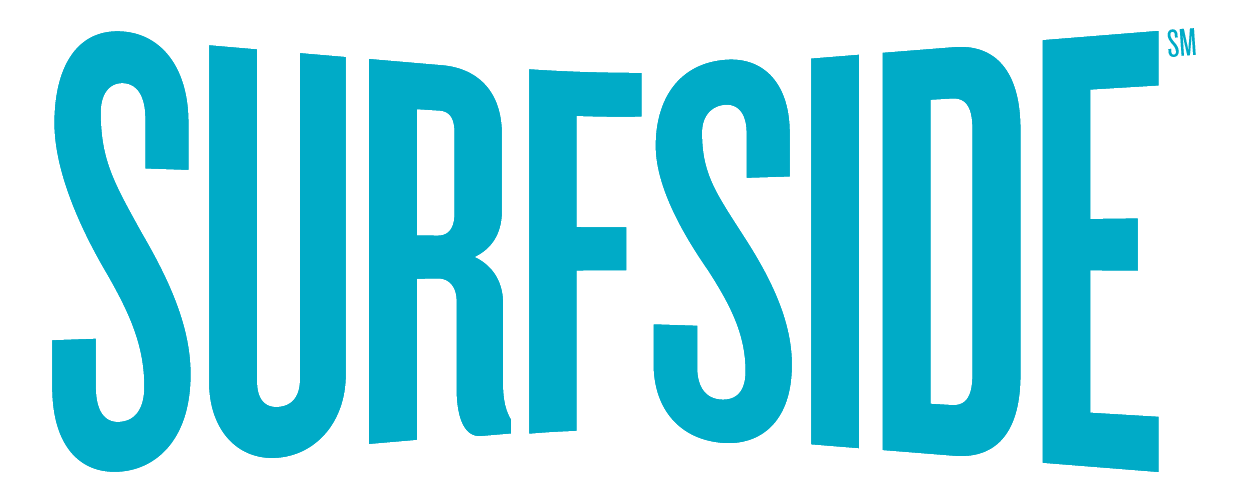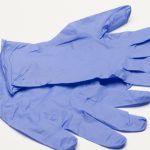The Anatomy Of A Tooth
Does your child often wonder what the pediatric dentist is actually telling her while treating her teeth? When he says “crown,” does she think he means the top of a person’s head, or the paper crown handed out to all the young patients who behaved really well during the check-up?
It’s rather cute when little kids get mixed up like that, but it also presents the perfect opportunity to help them learn more. Most dentists will take care of this job, but parents can share this responsibility as well.
To help your child understand the terminologies their dentist uses during the check-up that they may be too shy to ask about, provided below is a brief overview of the anatomy of a tooth – a round-up of the different parts that make up a tooth.
Dental Crown in Children
The crown is the top part of the tooth; its shape determines the tooth’s purpose. For example, the front teeth’s crown has a sharp chisel shape because it’s intended for biting or cutting food. Meanwhile, the crown of the molars has a flat surface because it’s intended for chewing or grinding up food.
What is Dentin
Young children can easily mistake dentin for the popular breath-freshening chewing gum (while they’re spelled differently, they have the same pronunciation). It’s important to point out that the dentin the dentist talks about is actually the layer of the tooth under the enamel. It is what gets damaged after tooth decay compromises the enamel. The dentin has millions of tiny tubes that lead directly to the dental pulp.
What is Tooth Enamel
This is the shell of the tooth or the outermost layer of the tooth. It is the hardest and most mineralized tissue in the human body, yet it is prone to damage if people do not practice proper oral hygiene.
A Child’s Gumline
This is the area where the tooth and the gums meet. It’s what dentists inspect for a buildup of plaque and tartar due to improper brushing and flossing. It can recede and become loose over time if a person has periodontal disease.
Pulp in Tooth
This is the soft tissue found in the center of all teeth. Basically, the anatomy of the tooth starts with the layer of enamel; underneath that is the dentin, and then it’s the pulp. The pulp is where the nerve tissue and blood vessels are. If tooth decay reaches the pulp, you usually feel pain. If it gets infected, it’s removed through a root canal procedure.
Tooth Root
This is the part of the tooth that is embedded in bone and it makes up about two-thirds of the tooth. The root is what holds the tooth in place.
There you have it — the names and functions of the different parts of the tooth. Teach your kids about them so they’ll have a better understanding of what our pediatric dentists are talking about during their dental treatments.
Cowabunga everyone!!!







